Chapter 18: Group Living, Altruism, and Cooperation in Animal Behavior
1/110
There's no tags or description
Looks like no tags are added yet.
Name | Mastery | Learn | Test | Matching | Spaced |
|---|
No study sessions yet.
111 Terms
What are the benefits of group living?
Benefits include improved foraging, decreased predation risk, conserving heat and water, and conserving energy used in movement.
What is cooperative foraging?
A mechanism where groups coordinate their efforts to improve foraging success, such as cooperative hunting among predators.
Give an example of cooperative hunting.
Harris Hawks hunt in groups of two to six, using techniques like scouting and flushing prey.
What species have been observed to cooperatively hunt?
Species include canines, lions, chimpanzees, dolphins, Humboldt squid, orca, and also coral groupers with moray eels.
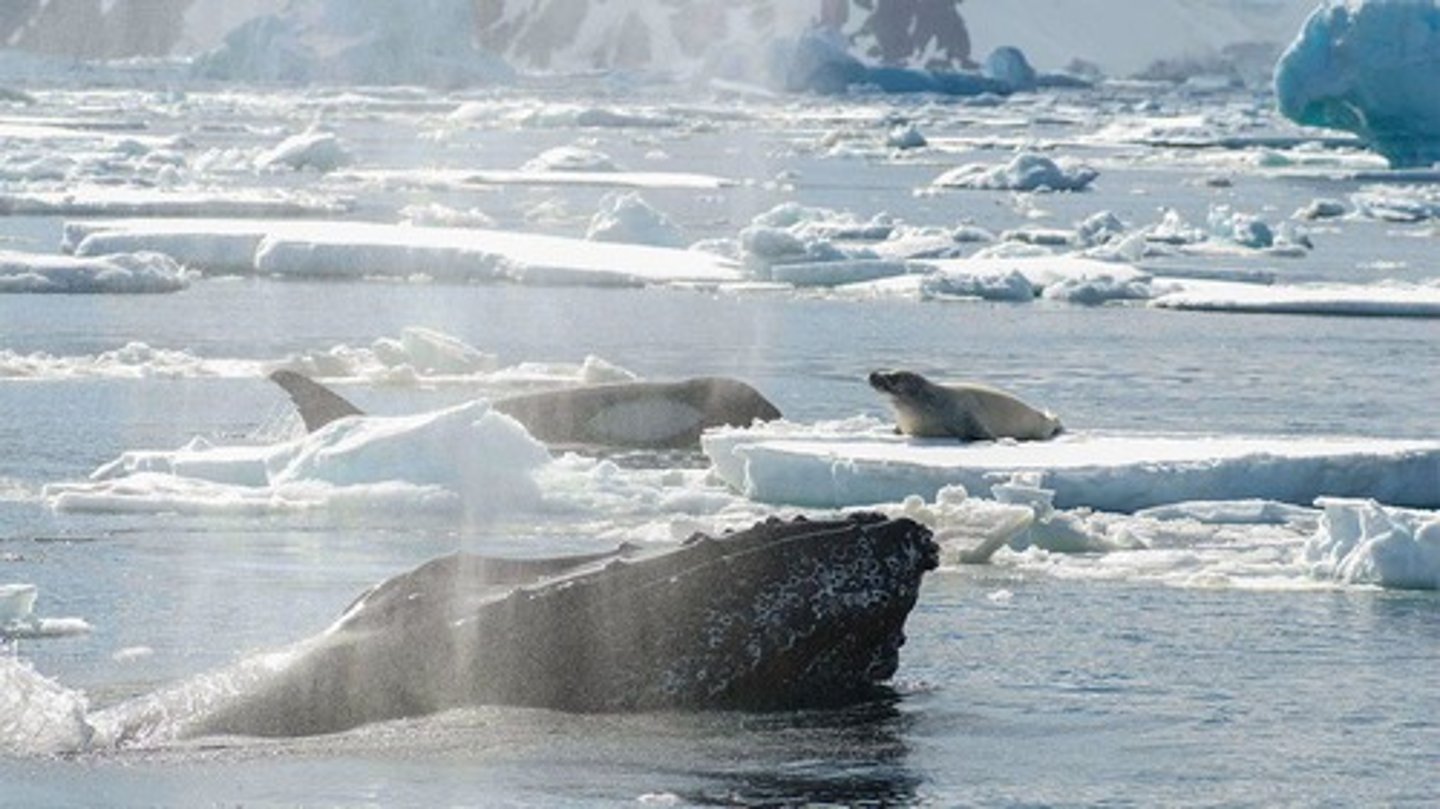
What is the dilution effect in group living?
The phenomenon where an individual in a group is less likely to be captured by a predator than if it were alone.
What are some predator defense mechanisms used in groups?
Increased surveillance, alarm signals, confusion effect during attacks, and group defense behaviors like mobbing.
How do animals conserve heat and water in groups?
Many social species huddle together to conserve heat, while some, like slugs, huddle to conserve water.
How can group movement conserve energy?
Social species can save energy by traveling together, such as geese flying in a V-formation.
What are the costs associated with living in groups?
Costs include increased intraspecific competition, higher risk of disease and parasites, and interference with reproduction.
What is altruism in animal behavior?
Altruism is behavior that increases the fitness of another individual while decreasing the fitness of the individual performing the act.
What is kin selection?
A strategy that favors the reproductive success of an organism's relatives, even at a cost to the organism's own survival.
How can altruistic behavior be misinterpreted?
An act may appear altruistic but could actually benefit the performer, such as an alarm call that alerts predators.
What is the role of reciprocity in altruism?
Reciprocity can explain altruistic behavior between non-kin, where individuals help each other with the expectation of future help.
What is the confusion effect in predator attacks?
When group members flee in different directions, confusing the predator and reducing individual risk of capture.
What are informational centers in social species?
Communal roosts or colonies where animals can observe the foraging success of others and follow them to food.
How do social species reduce the effects of parasites?
Some species engage in social grooming to help reduce parasite loads among group members.
What is the significance of cooperative foraging in non-hunting species?
Non-hunting species like turkeys and cooperative caterpillar species also engage in cooperative foraging to improve food acquisition.
What is the benefit of increased surveillance in group living?
More individuals looking for predators increases the likelihood of detecting threats early.
What is the role of alarm signals in group defense?
Alarm signals alert group members to the presence of predators, enhancing their collective defense.
How do musk oxen defend against predators?
Musk oxen form a defensive ring to protect themselves from attacks.

What is the benefit of huddling behavior in birds?
Huddling helps conserve heat during cold conditions, as seen in species like Emperor penguins.
What is the relationship between altruism and fitness?
Altruistic behavior can reduce the direct fitness of the altruist while benefiting others in the population.
What is the significance of family members in kin selection?
Family members share many alleles from a common ancestor, which can enhance the reproductive success of relatives.
What happens to the alleles of an altruist when they increase the reproductive fitness of their relatives?
The alleles held in common with the nondescendant kin are passed on to the next generation.
What is the Coefficient of Relatedness (r)?
It is the probability that particular pairs of relatives share the same alleles through common descent, ranging from 0 (no relationship) to 1 (clones).
What does r = 0.5 signify?
It indicates 50% shared alleles, designating a full sibling.
What does r = 0.25 signify?
It indicates 25% shared alleles, designating a half sibling or grandparent.
What does r = 0.125 signify?
It indicates 12.5% shared alleles, designating a first cousin.
Who developed the theorem for determining how the coefficient of relatedness affects altruism?
W. D. Hamilton in his 1964 paper on kin selection.
What is Hamilton's Rule?
B > C R, where B is the reproductive benefit to the recipient, C is the reproductive cost to the altruist, and R is the genetic relatedness.
What is Indirect Fitness?
The fitness gained by helping relatives raise additional offspring that they could not have raised otherwise.
What is Inclusive Fitness?
The sum of direct fitness (raising one's own offspring) and indirect fitness (helping relatives raise offspring).
What is Kin Recognition?
An animal's ability to distinguish between close genetic kin and non-kin.
What is one way animals can recognize kin based on location?
In species where males disperse and females stay, females can identify nearby females as kin.
How does Familiarity help in kin recognition?
Animals learn to recognize individuals they were raised with, which may involve remembering scents or experiences.
What is Phenotype Matching?
The ability of animals to identify kin based on shared phenotypic traits, even if they have never met.
What is a Recognition Allele?
An inherited allele that enables individuals to recognize others with the same allele.
What is the 'green beard effect'?
A recognition allele that promotes altruism toward individuals certain to carry the same allele.
What is Reciprocal Altruism?
A behavior where an organism reduces its fitness to increase another's fitness, expecting a similar return in the future.
Who initially developed the concept of Reciprocal Altruism?
Robert Trivers.
What are the three criteria for Reciprocal Altruism to occur?
1) The benefit to the recipient must exceed the cost to the actor. 2) The donor's fitness must be reduced compared to a selfish alternative. 3) There must be many opportunities for aid exchange.
What is required for altruism to exist?
The fitness of the recipient must be elevated relative to non-recipients, and there must be a large number of opportunities to exchange aid.
What distinguishes reciprocal altruism from simple mutualism?
The opportunity for repayment is likely to occur in reciprocal altruism.
Why is the ability to recognize each other important in altruism?
It allows for detecting 'cheaters' and prevents non-altruists from exploiting altruistic behavior.
What behavior do vampire bats exhibit as an example of reciprocal altruism?
Vampire bats feed each other by regurgitating blood, where the benefit to the receiver must be larger than the cost to the donor.
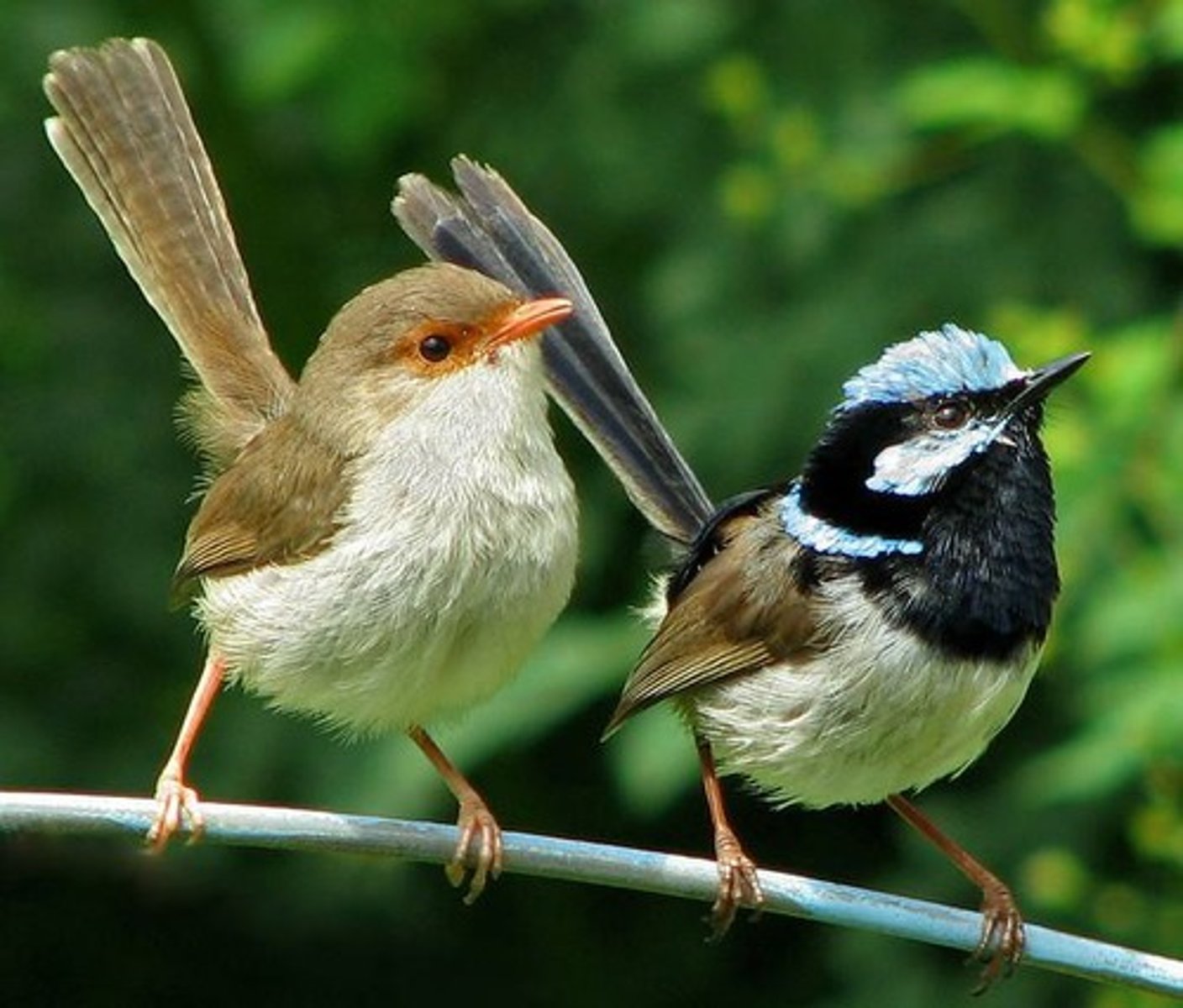
How do raccoons demonstrate cooperation?
Raccoons inform conspecifics about feeding grounds by leaving droppings on commonly shared latrines.
What is the social structure of Belding's ground squirrels?
They live in a nepotistic society where most interactions occur between females and their offspring and kin.
How do Belding's ground squirrels recognize their kin?
They compare phenotypes, which are identified through scent from dorsal and anal glands.
What are the two specific alarm calls used by Belding's ground squirrels?
The churr call for less immediate threats and the whistle for immediate threats.
What does the churr call indicate?
It is made for terrestrial predators and is a series of more than five notes given rapidly.
What does the whistle call indicate?
It is a single high-pitched note made in response to aerial threats, prompting all squirrels to exhibit evasive behavior.
What did Paul Sherman study regarding alarm calls in Belding's ground squirrels?
He investigated whether the calls were directed at the predator or at kin, finding that the answer varied with circumstances.
What is the benefit of sounding an alarm call in response to a predatory bird?
The caller increases its chance to escape while the rest of the colony flees.
What is the risk associated with calling in response to terrestrial predators?
The caller places itself at greater risk of being taken by the predator compared to noncallers.
How do male wild turkeys cooperate in mating?
Males may court in groups, with the dominant male gobbling and strutting, which increases mating success.
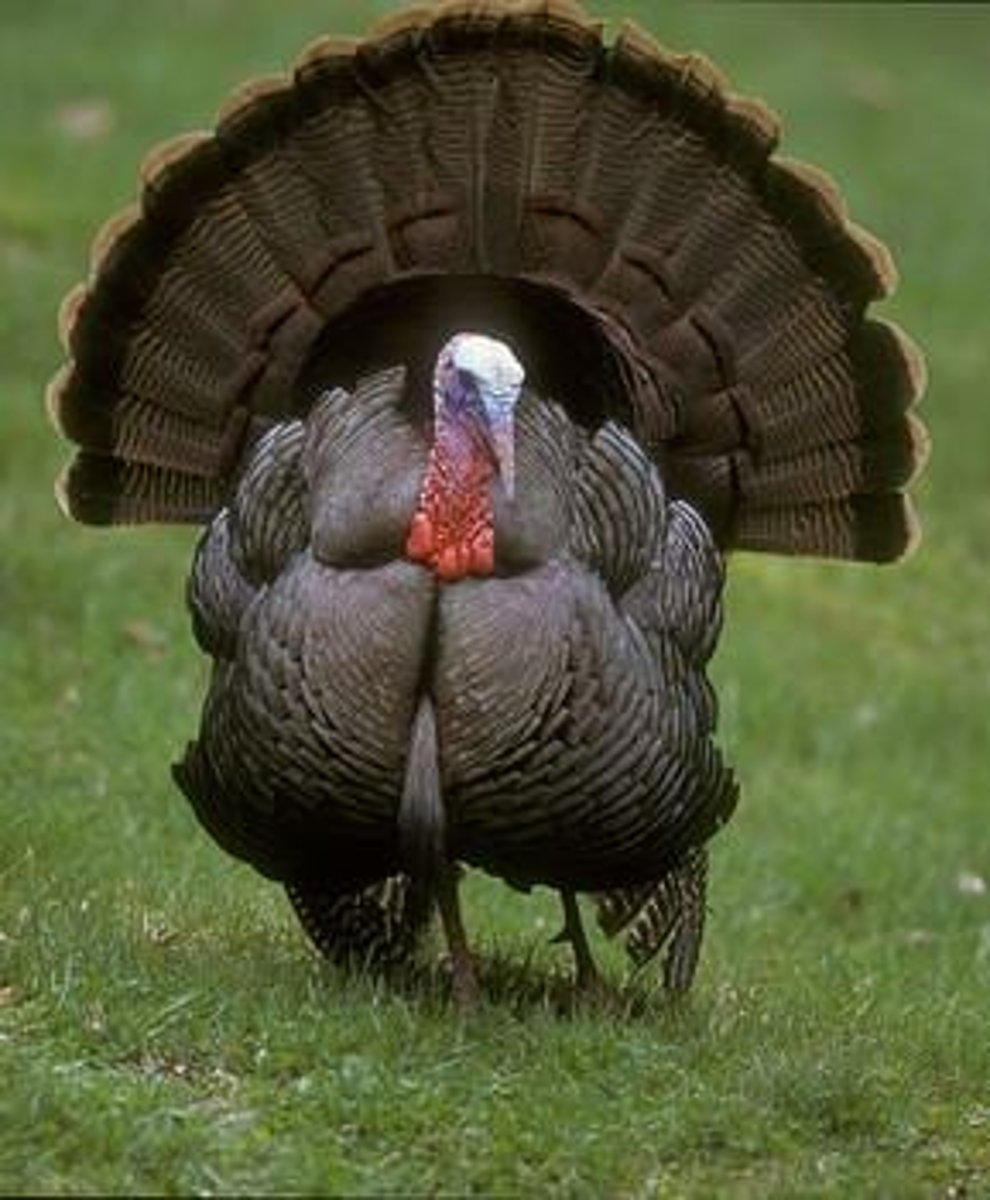
What is the genetic relationship between male wild turkeys that cooperate in courtship?
They are often close relatives, sharing half of their genetic material.
What is the indirect fitness benefit for subordinate male wild turkeys?
By helping the dominant male, they increase their chances of passing along shared genetic material.
What is an example of kin selection in lions?
Two or more male lions may form a coalition to force out resident males from a pride.
What is the outcome of larger coalitions of lions?
The larger coalition usually wins against resident males.
What happens when Belding's ground squirrels call while escaping from aerial predators?
They call while fleeing, which is different from their behavior with terrestrial predators.
What is the significance of the alarm calls in relation to kin selection?
Alarm calls in certain situations indicate that the caller is often a female, who risks herself for the benefit of her kin.
What is the evolutionary significance of recognizing kin in Belding's ground squirrels?
It enhances cooperation and altruistic behavior among closely related individuals.
What is the role of scent in Belding's ground squirrel communication?
Scent helps squirrels identify kin and facilitates social interactions within their colonies.
What do studies of alarm calls in Belding's ground squirrels reveal about individual vs. kin selection?
Individual selection is favored for aerial threats, while kin selection is favored for terrestrial threats.
How does cooperative mate acquisition relate to kin selection?
Males that cooperate in courting are often related, enhancing their indirect fitness.
What is the primary goal of a coalition of males in a pride?
To force out resident males or defeat them to gain access to females.
What is the reward for males in a coalition after defeating resident males?
Access to all receptive females in the pride.
How can female receptivity be hastened in a coalition?
Through infanticide conducted by coalition males on the previous males' young.
What types of coalitions exist among males?
Coalitions can be kin, a mix of kin and nonkin, or solely nonkin.
What is kin selection in the context of male coalitions?
When kin are involved, a coalition can increase inclusive fitness.
How do nonkin coalitions benefit individual males?
They increase direct fitness and mating opportunities by working together.
What is reciprocal altruism in male coalitions?
Males aid each other, allowing both to breed and increase offspring survival.
What is an example of cooperation in mating among unrelated males?
The Long-tailed Manakin, where males form partnerships to attract females.
What is the role of the alpha male in the Long-tailed Manakin's mating system?
The alpha male inseminates the female while the beta male assists in courtship.
What benefit does the beta male receive in the Long-tailed Manakin system?
He gains experience that may help him become an alpha male in the future.
What is cooperative breeding?
A social system where individuals help care for offspring that are not their own.
In cooperative breeding, what happens when reproduction is monopolized?
Most adults do not reproduce but help rear the offspring of the dominant breeders.
In which species was cooperative breeding first observed?
Birds, but it has also been found in some mammals, insects, and spiders.
What is the typical relationship between helpers and dominant breeders in cooperative breeding?
Helpers are often relatives of the dominant breeders or unsuccessful breeders returning to help.
What is the indirect fitness benefit for helpers in cooperative breeding?
By assisting relatives, helpers increase the relatives' direct fitness, enhancing their own indirect fitness.
What example illustrates cooperative breeding in Florida scrub jays?
Fledgling birds help rear young, watch for predators, and defend territory before forming their own pairs.
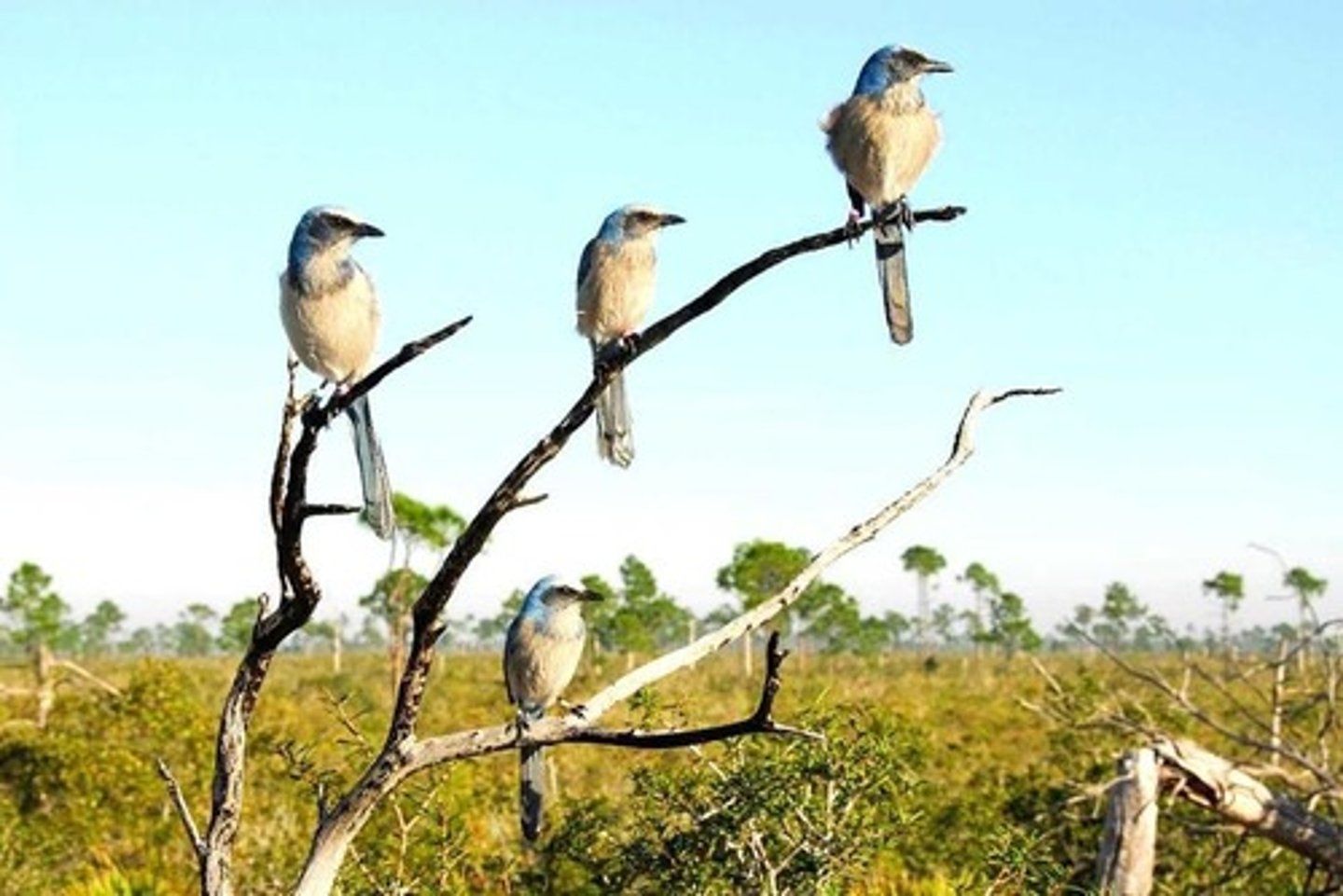
What are some benefits of cooperative breeding for helpers?
Gaining parental experience, social status, and future mating opportunities.
What is the significance of the Seychelles Warbler in cooperative breeding?
Juveniles gain experience as helpers, which aids their future reproductive success.
What is group augmentation in cooperative breeding?
Survival rates increase in larger groups due to benefits of group numbers.
What are the costs of cooperative breeding to the helper?
Helpers may forgo their own reproduction and expend energy raising others' offspring.
How does promiscuity affect the evolution of cooperative breeding?
Cooperative breeding is more likely to evolve in populations with fewer mating partners.
What is a consequence of helpers bringing food to young in the stripe-backed wren?
Helpers that bring the most food tend to die at a younger age.
Why might a helper delay dispersal to assist kin?
To increase their indirect fitness by helping relatives successfully reproduce.
What is habitat saturation in the context of cooperative breeding?
Habitat saturation occurs when a species requires a habitat that is limited in distribution and all available habitats are already occupied.
How can helpers benefit from staying in their natal habitat?
Helpers can inherit a good habitat if they bide their time helping at home.
What is one reason males may become helpers in Fairy Wrens?
Males often become helpers due to a lack of females to mate with, as mortality is higher in females.
What is the reproductive behavior of Meerkats?
Meerkats can have up to four litters per year, but usually, only the alpha pair mates.
What role do non-reproductive female Meerkats play in the group?
Non-reproductive females lactate and hunt to feed the pups while the alpha female is away.
What is eusociality?
Eusociality is the highest level of social organization characterized by reproductive division of labor, cooperative care of young, and overlapping generations.
Who defined the concept of eusociality and what are its key features?
E. O. Wilson defined eusociality, which includes reproductive division of labor, cooperative care of young, and overlapping generations.
What distinguishes eusocial insects from other social organisms?
Eusocial insects have reproductive queens and sterile workers or soldiers, unlike other social organisms.
What are some examples of eusocial insects?
Examples include ants, bees, wasps, and termites.
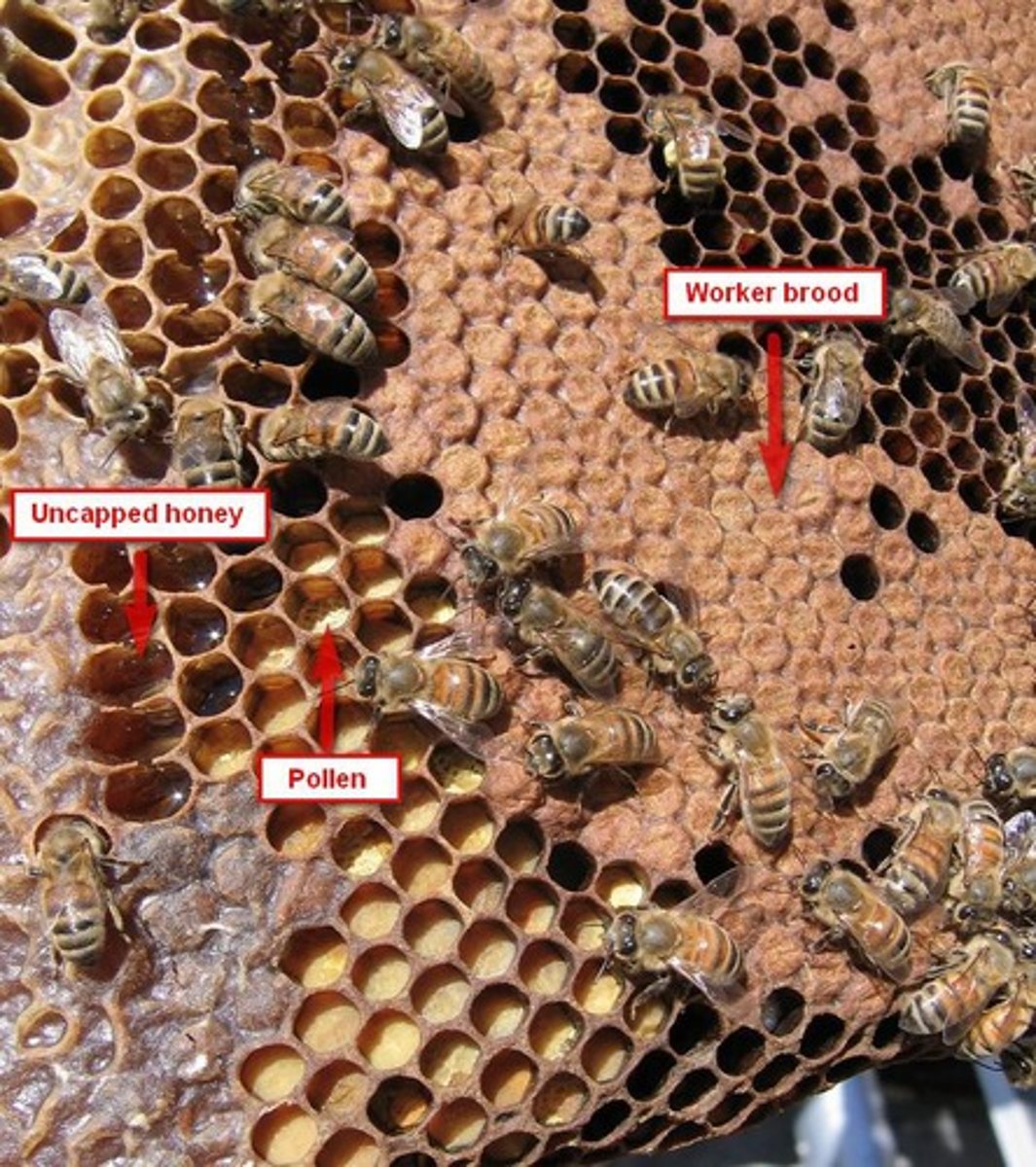
What is haplodiploidy and how does it relate to eusociality?
Haplodiploidy is a sex-determination system that facilitates kin selection, making eusociality easier to evolve in species like ants.
What is the significance of 'supersisters' in eusocial species?
Supersisters share 75% of their genes on average, making it beneficial for sterile workers to help rear them rather than reproduce themselves.
What role does sharing defensible resources play in the evolution of eusociality?
Eusociality has evolved in species that build nests or burrows, as a greater number of individuals can better defend a resource.